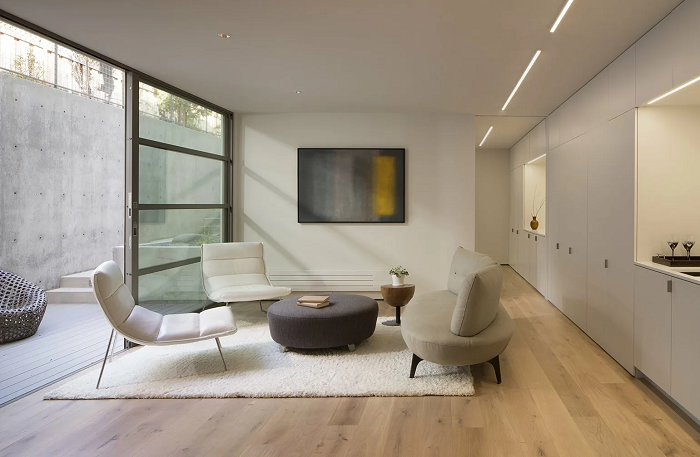Minimalism in the interior is considered the most striking and significant design movement of the 20th century. This design is particularly effective, powerful and influential. It provides the space with modesty and coziness.
As the name suggests, minimalist design is certainly not a luxurious style, but it also does not mean a complete lack of design. Minimalism continued the trend of moving away from the busy and highly decorative designs of the past. It gives the design an elegant look with its simplicity and neatness.
The style of minimalism in the interior and industrial design keep pace with art and architecture. Minimalism is not just white walls. By using clean lines and eliminating clutter, you can achieve the essence of a product or interior design.
Apple is a great example of a company that has successfully used minimalist design concepts. Their elegant style has become a timeless symbol of the brand, instantly recognizable throughout the world.
In interior design, minimalism means keeping surfaces free from clutter, making organization a priority. A neutral base color is often used, but pieces can be layered by incorporating different tones and textures to keep the overall look from being too bland.







